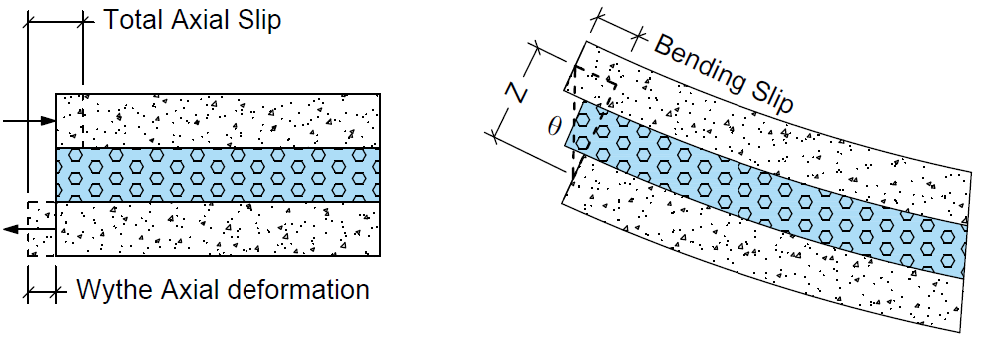THE ICON SYSTEM
Sandwich Wall Panels are, by definition, composite panels.
But Not all Composite Panels are created equal
The Icon System was developed by a panel manufacturer. We understand what it takes to make a truly high-performance insulated panel.
73-foot 5x3x5 Composite Insulated Panel using IconX Connectors
The foundational goal of the Icon System was to develop a shear connector to make insulated wall panels longer, stronger, and stiffer than previously available. It was also important for the connector to work with any rigid insulation in panels reinforced with steel mesh, rebar, or strand.
With this in mind, we developed the IconX Connectors as a Vierendeel Truss. The truss connects the two concrete wythes, resulting in a composite panel in which the wythes work together. By utilizing the strength in both wythes, the resulting panel has less midspan deflection and a higher load capacity.
Due to the increased stiffness and decreased deflection, we are generally able to use the uncracked section in design calculations. By preventing the panel from cracking, we can more accurately predict the loads and reactions in the panel. The decreased midspan deflection also makes for a stronger panel in extreme loading events such as wind load cases on FEMA Shelters.
Engineering Design
We are often asked 2 questions:
What is the Percent Composite of the Icon connector?
How do we design using the Icon system?
Percent Composite describes the interaction between the two layers of concrete and takes several properties of the panel into account. It is dependent on the length and thickness of the panel, the amount of load, the stiffness of the connector, and many other factors. The point is: each panel design will have a different Percent Composite. We do not believe the Percent Composite method is the best method for determining panel loads and reactions.
We recommend using Dr. Maguire’s (Utah State) Elastic Hand Method to perform panel calculations instead. Applying load vs. deflection data gathered during rigorous testing of our product, the Elastic Hand Model takes into account all available variables to output accurate moment and deflection calculations.



